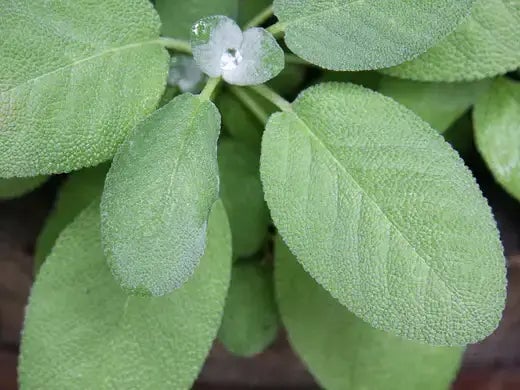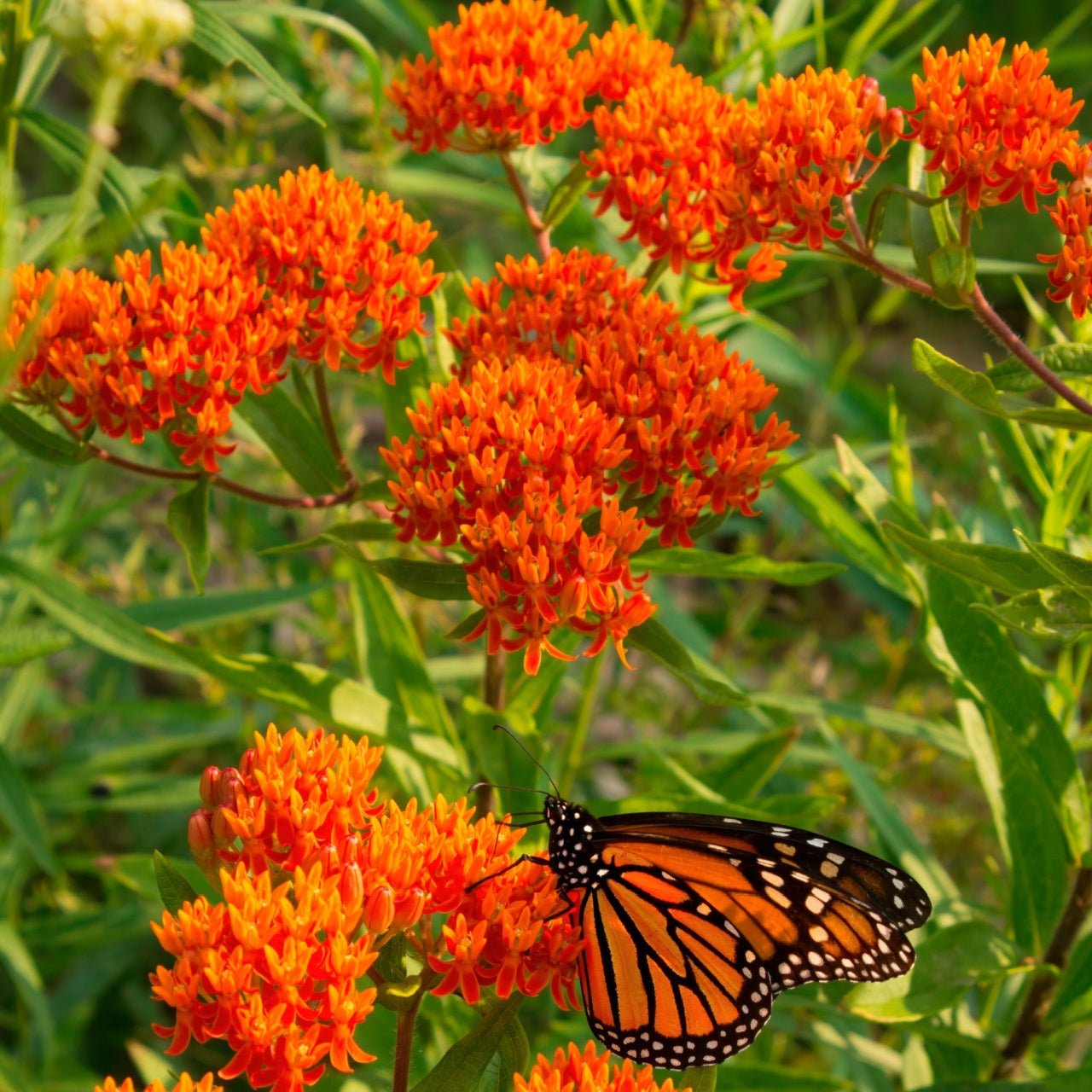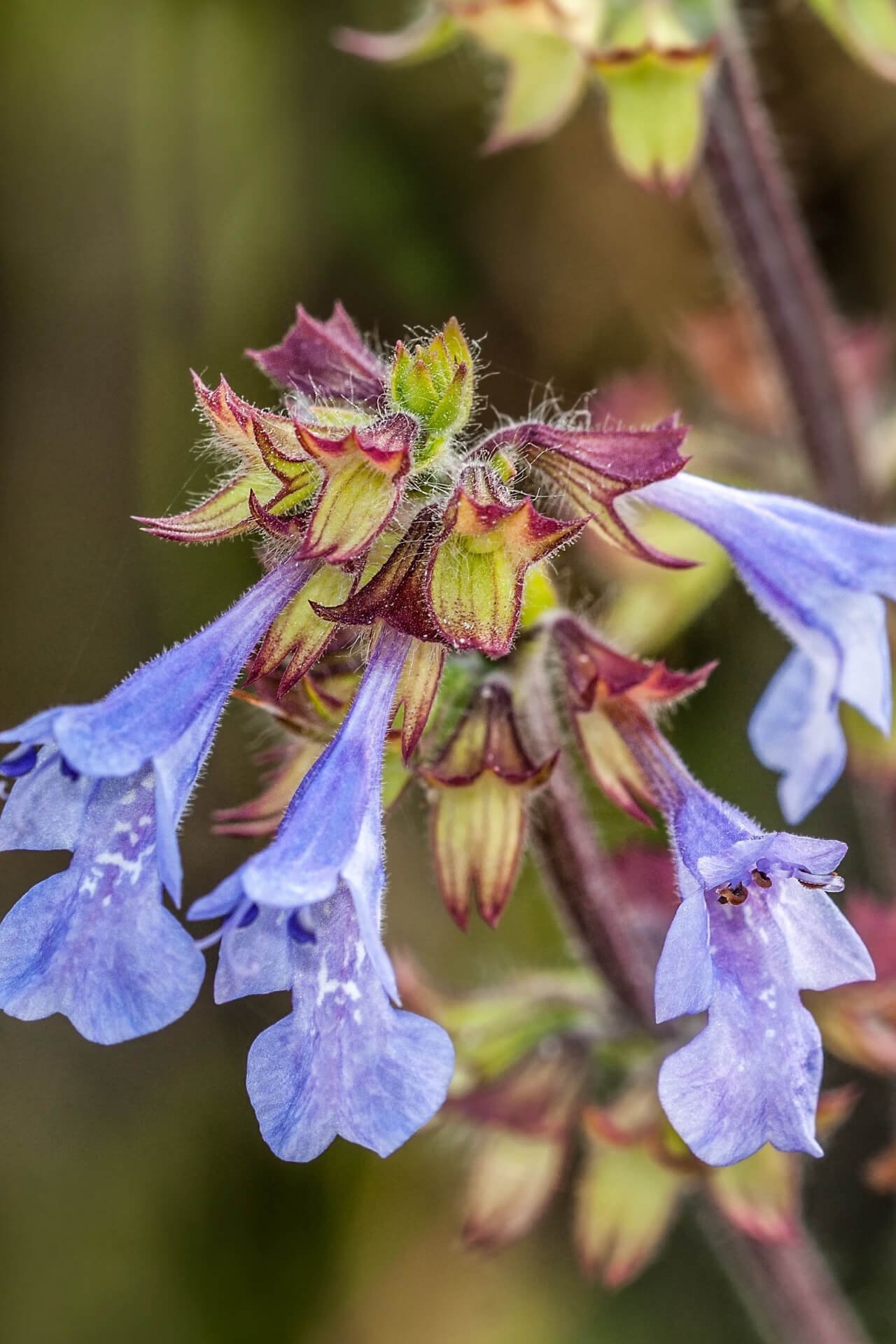Sage is the common name for a large group of plants in the genus Salvia. There are around 900 species widely distributed around the world. Many species are grown as ornamentals because of their attractive flowers or foliage, and others are grown for their culinary uses.
Where Does the Sage Plant Originate?
Common sage is a native of the northern coast of the Mediterranean Sea. It is a hardy perennial, an erect shrub growing from 12 to 30 inches high. Its downy stems are square, showing it to be a member of the much larger mint family. The 2-inch long leaves of the sage plant are long-stalked and arranged on opposite sides of the stem.
What Does the Sage Plant Look Like?
The sage plant leaves look pebbly and pucker-veined and are grayish-green in color, softly hairy or velvety, with round-toothed edges. In late spring through fall, there are whorls of '4 to 8 sage flowers appearing in colors of pink, red, blue, pale yellow, or white, depending on the variety.
These tiny sage flowers are tubular, 0.5-0.75 inch long, with a straight or arched upper lip, and a ring of hairs inside.
Optimal Growing Conditions and Planting Tips for Sage
Sage does well in full sun in well-drained, moderately rich clay loam soil. It benefits from moderately high nitrogen levels since the foliage is the desired part of the crop. Sage does not tolerate poorly drained soil or excessive watering, so you might consider planting it in raised beds. As soon as the soil warms up in spring, sow the seed 3mm deep.
The sage seeds should sprout in 7 to 10 days at 60 degrees. When the sage seedlings are 3 inches high, thin or transplant them to 12 to 20 inches apart. The first summer, you can harvest a few sage leaves, but large harvests should not be made until the following summer.
Besides sowing seed, sage can be propagated from cuttings, divisions, or layerings taken from new growth on established sage plants.
Water your new sage plants well until they are established. Try to keep the leaves dry and water only sparingly during dry weather.
On established plants, harvest or prune the sage 2 or 3 times from spring through late summer. To get the best flavor and fragrance from your sage plants, harvest them just before they bloom. Cut the plant to about 4 inches and snap the leaves from the branches. Spread them on a cloth or paper out of direct sunlight in a cool, well-ventilated area.
Preserving and Maintaining Sage: Tips for Storage and Longevity
When crispy and dry, store the sage leaves in an air-tight dark container. You can also freeze the sage leaves. If you keep your sage plants over winter, make a light harvest in September, or the plant may be winter-killed. After the fourth year, the plant will become woody and less productive. The potency of the fragrance decreases markedly, so you should probably replace them.
Sage: from Culinary Delights to Companion Planting and Beyond
Sage has medicinal, aromatic, cosmetic, craft, dye, ornamental, culinary, and companion planting uses. It is lemony, camphor-like, and slightly bitter.
Sage has antimicrobial and anti-inflammatory properties and is used in herbal medicine to help with sore throats, and indigestion, and improve memory and cognitive function.
Dried sage leaves can be used in bread, omelets, poultry stuffing, and marinades. Sage goes well with fish, beet pork, poultry, vegetables, eggs, and cheese. It is used as a natural preservative for meats, poultry, fish, and condiments.
Sage is a common ingredient in perfumes, soaps, lotions, aftershaves, and cosmetics. The foliage dries well and makes an excellent addition to herbal wreaths. In companion planting, you can plant sage with tomatoes, strawberries, cabbage, and carrots to enhance their growth. Sage flowers are attractive to bees, butterflies, and other pollinators, making it a beneficial plant to include in pollinator-friendly gardens.
Whether you're new to gardening or a pro, sage is a great choice for your garden. It's easy to grow, has many uses, and looks beautiful!
Shop Our Current Sage Selection
Visit our online shop for a wide variety of plants and trees, or come say hi at our store location in Tennessee!
We offer fast shipping nationwide so you can start transforming your garden today!
If you have any questions about sage or if you have any other plant needs, don’t hesitate to contact us at [email protected], we’d love to hear from you!Read more

Filled with some vitamins and minerals, blackberries provide a delicious treat eaten raw or incorporated into a wide selection of recipes. Blackberries contain vitamins A, C, and E and select B vit...

Lonicera japonica, Halls Honeysuckle VineThere are mainly two types of Halls honeysuckle; the first is known as the climbers and the second one as shrubby honeysuckles. Both of these plants need di...
Family Owned and run with pride
Nestled in the heart of Middle Tennessee, TN Nursery is a proud family-owned business rooted in tradition, quality, and a deep love for plants. For generations, we’ve been dedicated to providing exceptional service and building lasting personal connections with gardeners, landscapers, and nature enthusiasts across the country. Our mission is to make planting and gardening more accessible, enjoyable, and rewarding—whether you’re a seasoned horticulturist or just starting your first flower bed.
We specialize in expertly grown native plants, perennials, shrubs, trees, and ferns that thrive in a variety of climates. Every plant we offer is carefully nurtured on our farm to ensure strong root systems, healthy growth, and long-term success in your landscape. From vibrant evergreens to colorful blooms and ground covers, we offer an expansive selection to help you create the outdoor space of your dreams.
At TN Nursery, we believe in more than just selling plants—we’re here to help you transform your garden into a place of beauty, sustainability, and joy. Our knowledgeable team is always available to answer questions, offer guidance, and share tips to ensure your planting experience is a success. Join our growing family of happy customers and let us help you bring your garden vision to life.




